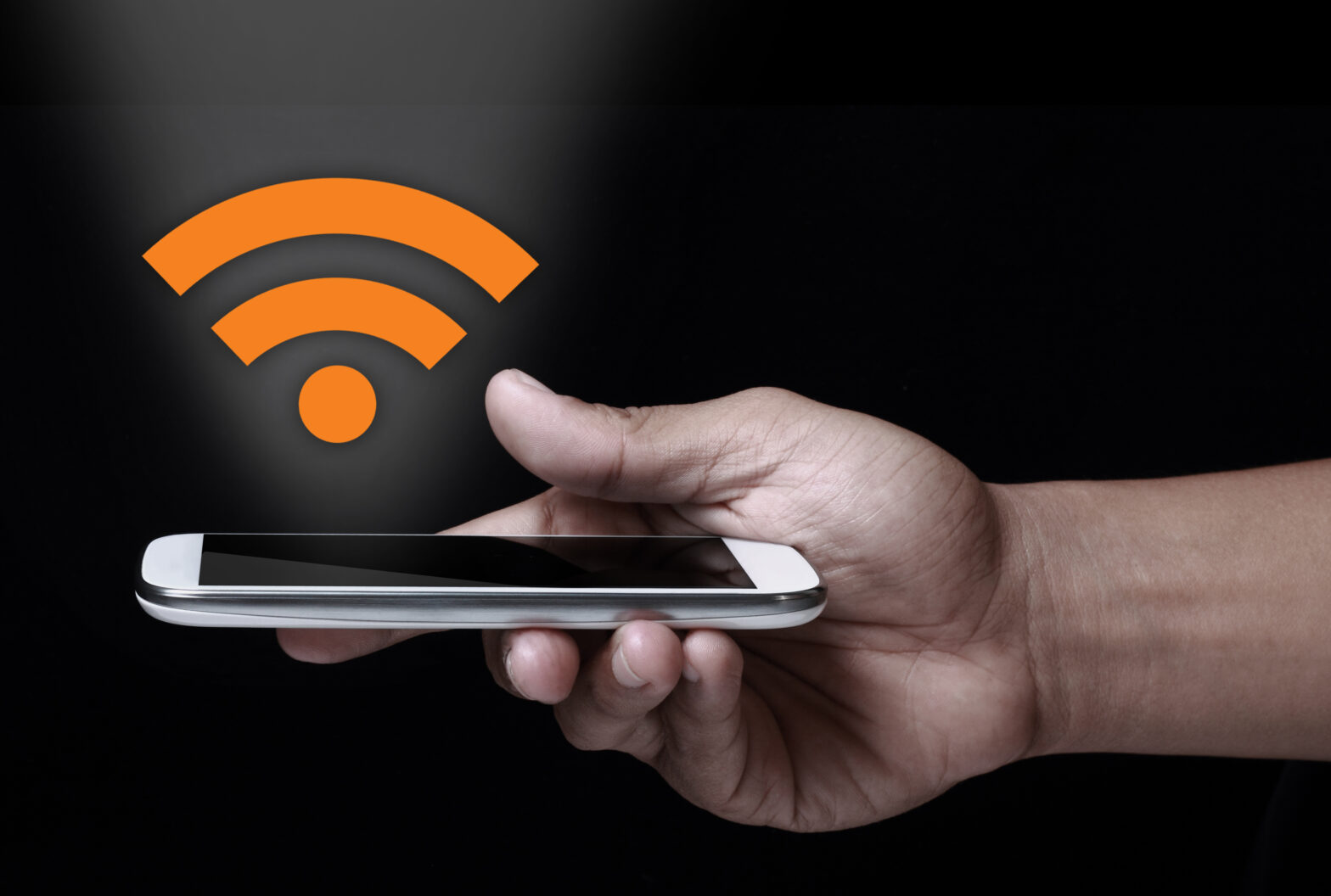IDC predicts that 75% of Europe’s workforce will be mobile by 2018, and businesses need to prepare accordingly.
Mobile employees need to be able to access data anywhere, as they are no longer tied to the traditional office.
Businesses have begun to recognise this and they already supply their employees with laptops, smartphones and tablets – or allow their employees to use their own personal devices. But that’s not enough.
In deploying mobile working strategies, companies often ignore the fact that mobile devices need a constant connectivity source.
Otherwise, mobile professionals aren’t able to use the cloud-based business applications and services that have been so crucial in massive productivity gains.
On their own, mobile professionals have found a quick fix. They already flock to Wi-Fi – which moves 60% of mobile data traffic on smartphones.
Mobile professionals are opting for Wi-Fi because, in short, of the clear cost and performance advantages over 3G/4G.
>See also: Total connection: Singapore’s public Wi-Fi
Wi-Fi offers a better user experience on the high bandwidth, high data applications and services that power the modern enterprise.
What’s the point of trying to use a video conferencing service only to get a poor connection?
Similarly, mobile professionals can’t afford to wait for large data files to download.
The sheer volume of data required by mobile employees to do their jobs makes a Wi-Fi First strategy a no-brainer.
Moreover, the massive proliferation of Wi-Fi hotspots means that mobile professionals will be able to use their high bandwidth applications in more locations than ever before.
There are now millions of Wi-Fi hotspots around the world, whether in airports, cafés, hotels, public transports – even in planes, rural areas and other locations where a 3G/4G signal can’t reach.
That number is only growing larger by the day. Globally, Wi-Fi hotspots grew by 568% between 2013 and 2016.
Furthermore, from a device perspective a significant number of don’t have a SIM card. To give a sense of the commercial reach of Wi-Fi: half of all consumer electronics shipped out are Wi-Fi only.
Ease of use is key
Despite these impressive numbers, Wi-Fi isn’t without its inherent challenges.
The user experience can be uneven; struggling through captive login pages, wading through intrusive ads, even having to input personal information in order to get online create myriad friction points to connecting.
As such, businesses need a Wi-Fi first strategy, in order to keep their employees connected and productive.
Thankfully it is becoming a lot easier to connect to Wi-Fi hotspots globally.
>See also: Li-Fi: the new Wi-Fi?
Intelligent network selection technology, for instance, is enabling mobile professionals to automatically connect to the best performing hotspots, while creating a seamless Wi-Fi roaming experience.
Security has also been the perennial challenge of free public Wi-Fi hotspots.
Users are reluctant to connect to networks that may be seen as an open invitation to hackers. After all, no employee or employer wants connectivity at the cost of their valuable corporate data.
This is where features such as last mile VPN come into play, making connections over open Wi-Fi hotspots more secure than ever before, adding a layer of protection where users have felt most vulnerable in the past.
Why the future is connected by Wi-Fi
Not only is Wi-Fi hot right now, its future is even brighter.
Wi-Fi is the core connectivity source for wearable and IoT devices – two markets which will only get bigger. This means that companies are likely to find themselves relying even more on Wi-Fi, especially as cloud services continue to scale.
In conclusion, Wi-Fi represents the most cost effective and reliable way to get the mobile workforce online.
>See also: How to accelerate your customer engagement with Wi-Fi
That said, Wi-Fi first isn’t just about cost savings. Wi-Fi offers the best possible, mobile working experience when conducting day-to-day business activities.
With Wi-Fi, employees spend less time waiting and more time working, meaning businesses crucially reclaim formerly lost productive hours.
Sourced by Mato Petrusic, VP EMEA & APAC, iPass










